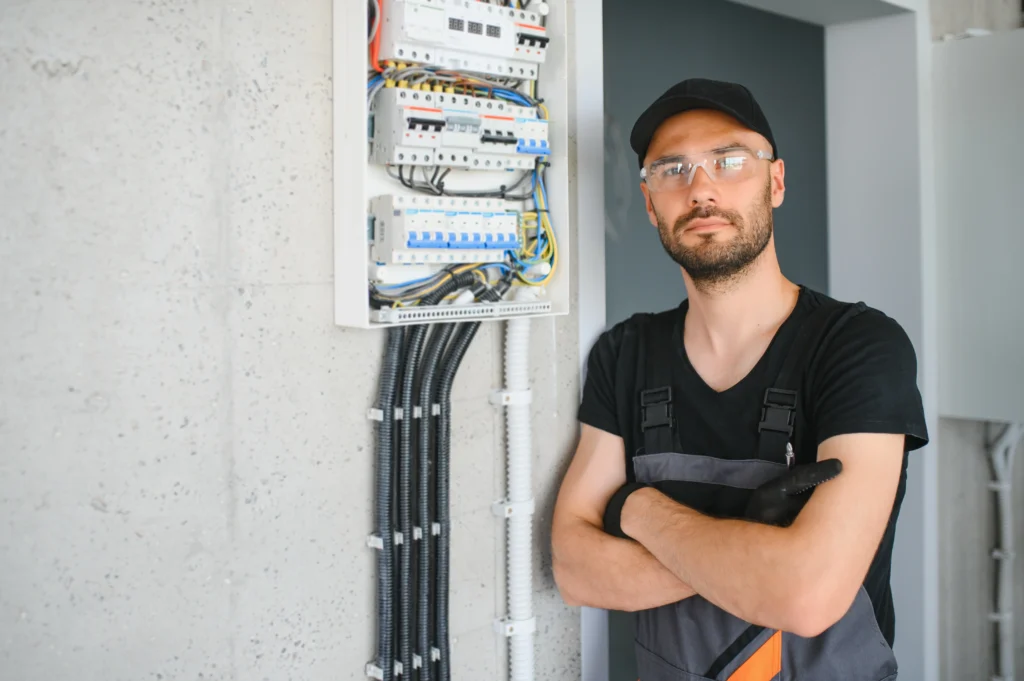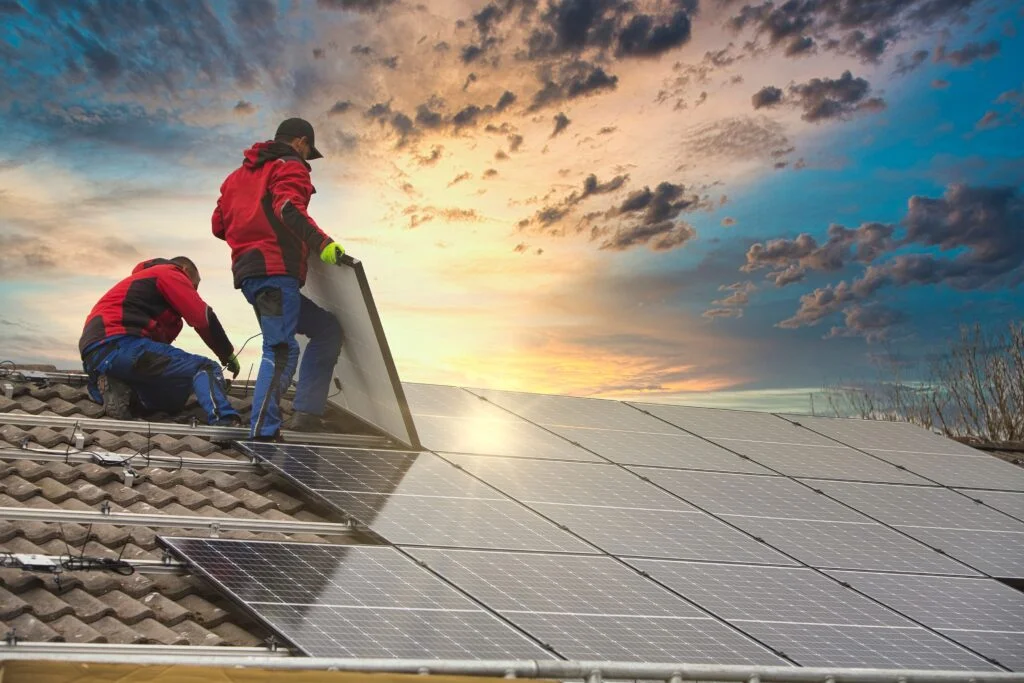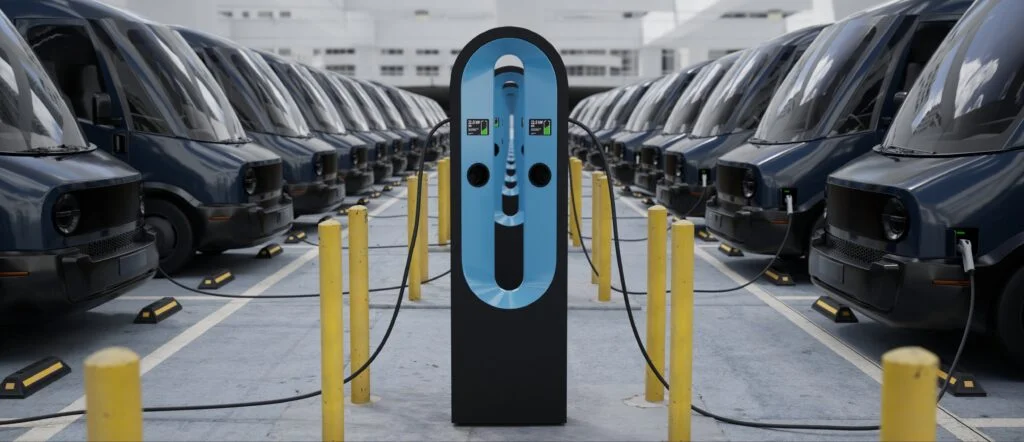- Projects
Economic Benefits of NSW Gov Public EV Fast Charging Strategy
NSW Gov EV Fast Charging Background
The New South Wales (NSW) Government sought to assess the long-term economic viability of its investment in public fast-charging infrastructure. With EV adoption accelerating due to declining costs and government incentives, policymakers needed to quantify the impact of this investment on EV uptake, electricity demand, fuel consumption, and emissions reduction. A comprehensive cost-benefit analysis (CBA) was required to inform future policy decisions and ensure optimal resource allocation.
As part of its broader decarbonization and transport electrification strategy, the NSW Government recognized that inadequate public charging infrastructure remained a major barrier to EV uptake. While private charging solutions existed, many consumers hesitated to transition to EVs due to range anxiety and limited access to fast charging on major travel routes. By strategically investing in a robust public charging network, the government aimed to accelerate EV adoption, attract private-sector investment, and contribute to its net-zero emissions targets.
Energeia Scenario-Based Cost-Benefit Analysis
Energeia was therefore commissioned to conduct a scenario-based cost-benefit analysis (CBA) comparing two policy approaches. The first scenario, “No Funding,” assumed no government investment in public fast charging, while the second, “Planned Funding,” examined the impacts of proceeding with a charging infrastructure rollout.
Energeia’s methodology leveraged our in-house vehicle electrification modelling tool, tSim, to assess the causal impact of public charging investment on EV uptake. This involved forecasting EV adoption trends, charging infrastructure growth, and associated costs and benefits over a 20-year period. By using tSim, we were able to model the relationship between public charging availability and consumer adoption, capturing both direct and indirect behavioural impacts. The analysis also examined shifts in electricity and fuel consumption, providing insights into how increased EV penetration influences overall energy demand and reduces fossil fuel dependency. Additionally, the study assessed the environmental impact by quantifying reductions in Scope 1 and 3 transport sector emissions. Finally, economic costs and benefits were evaluated, including expenditures on vehicle purchases, charging infrastructure, and electricity demand versus consumer savings from reduced fuel and maintenance costs. This data-driven approach ensured that the findings provided a robust and realistic projection of the benefits of public charging investment.
CBA Results
Energeia’s analysis found that the government’s current and planned investment in public fast charging would considerably increase the number of EVs on NSW roads over the next two decades. This expansion would lead to higher electricity consumption, reduced fossil fuel dependency, and substantial emissions reductions. The 20-year CBA projected a strong net economic benefit, with a positive return for every dollar spent by the government.
The key cost drivers included vehicle capital costs, charging infrastructure investment, and increased electricity consumption. However, these were outweighed by major benefits, including lower fuel expenditure, reduced vehicle maintenance costs, and avoided emissions-related impacts. Sensitivity analysis reinforced the robustness of these findings, demonstrating that the net benefit remained positive under different economic conditions and discount rate assumptions. The results highlighted the long-term viability of public charging investments in supporting NSW’s clean energy transition.
Insightful Outcome
Energeia’s insights provided the NSW Government with a clear business case for continued investment in public fast-charging infrastructure. The findings demonstrated the importance of public-sector intervention in overcoming market barriers and stimulating private investment in charging networks. The study will help guide future funding allocations, regulatory adjustments, and infrastructure planning efforts to maximize EV adoption while minimizing costs.
Energeia’s rigorous analysis has played a crucial role in shaping NSW’s EV policy landscape by providing evidence-based insights to drive investment decisions. By quantifying the economic and environmental impacts of public fast-charging investments, we are helping government agencies and policymakers pave the way for a cleaner, more efficient, and consumer-friendly transport future.
For more detailed information on how Energeia can support your EV infrastructure planning, please see Energeia’s webinar and associated materials.
For more information or to discuss your specific needs regarding EV data forecasting and modelling, please request a meeting with someone from our team.
You may also like

Bridging the Skills Gap: Workforces for Electrification
Australia’s clean energy transition demands a skilled workforce. Energeia’s analysis reveals urgent needs, strategic solutions, and policy pathways to bridge the electrification skills gap and

Unlocking the Potential of Consumer Energy Resources
The AEMC partnered with Energeia to explore how flexible Consumer Energy Resources (CER), like solar, batteries, electric vehicles, and smart appliances, can reduce costs and

Optimizing DC Fast Charging Tariff Structures
Energy Queensland collaborated with Energeia to address financial barriers in EV charging infrastructure, focusing on high network tariffs and demand charges. The study evaluated alternative
